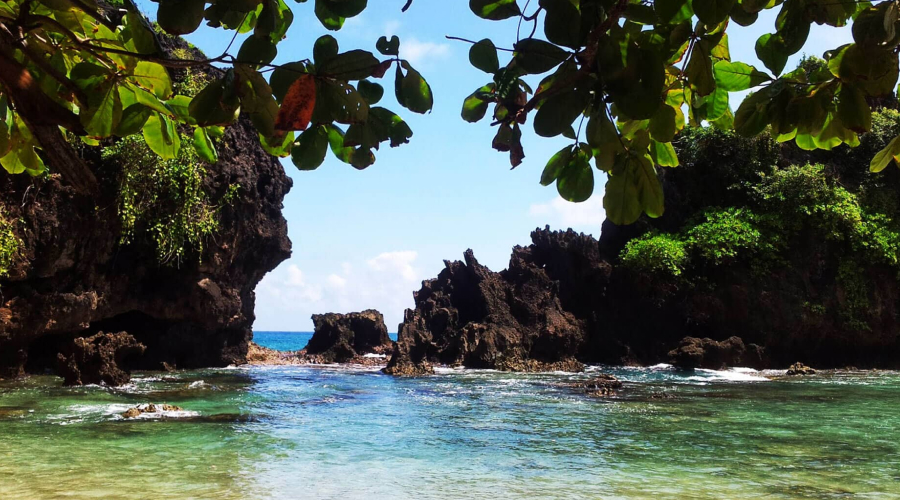Nestled in the northern part of the Andaman Islands, Diglipur is a breathtaking destination with lush green landscapes, pristine beaches, exotic wildlife, and rich marine life. From unwinding amidst nature to partaking in thrilling water activities, Diglipur offers varied experiences across seasons.
Suggested Read: Places to visit in Andaman and Game fishing in Andaman
The best time to visit Diglipur largely depends on what you wish to gain from your vacation and your tolerance to rain or heat. This comprehensive guide details Diglipur’s weather patterns month-wise along with key tourist attractions, helping you determine when to plan your perfect Diglipur holiday.
So read along to uncover the best time to visit Diglipur for an exciting and memorable tropical getaway!
You can check our Andaman Tour Packages
January
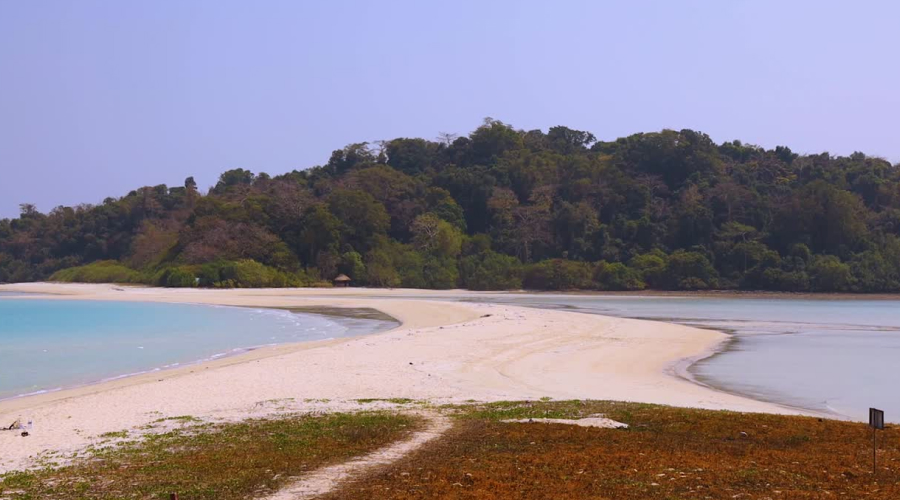
January marks the onset of winter with pleasant daytime temperatures between 22°C to 30°C. While humidity is still high around 80% to 90%, this is a more comfortable time to explore outdoors. However, do expect occasional rainfall.
What to see and do:
- Take a refreshing dip at Kalipur Beach
- Enjoy breathtaking views on a Ross Island Day trip
- Trek through lush rainforests to reach Parrot Island
- Spot exotic birds like hornbills and sea eagles
Why visit: December to February offers the most pleasant weather in Diglipur to indulge in sightseeing and adventures. The peak tourist season also brings vibrant energy and festivities. The winter months offer comfortable temperatures in the low 20s, making it ideal for indulging in aquatic activities like snorkelling, island visits, and beach time. All of this makes January the best time to visit Diglipur. One can spot several exotic birds and wildlife that visit during this time. The refreshing waters make beach and island trips very enjoyable. With occasional rainfall, the greenery also remains lush. It is an excellent time to go on guided treks and wildlife spotting trips.
Why not: Tourist crowds and prices for accommodation, transfers, etc. are at their highest during this peak season. Rain showers can play occasional spoilsport to outdoor plans. Being peak time, activities and attractions can also get very crowded.
February
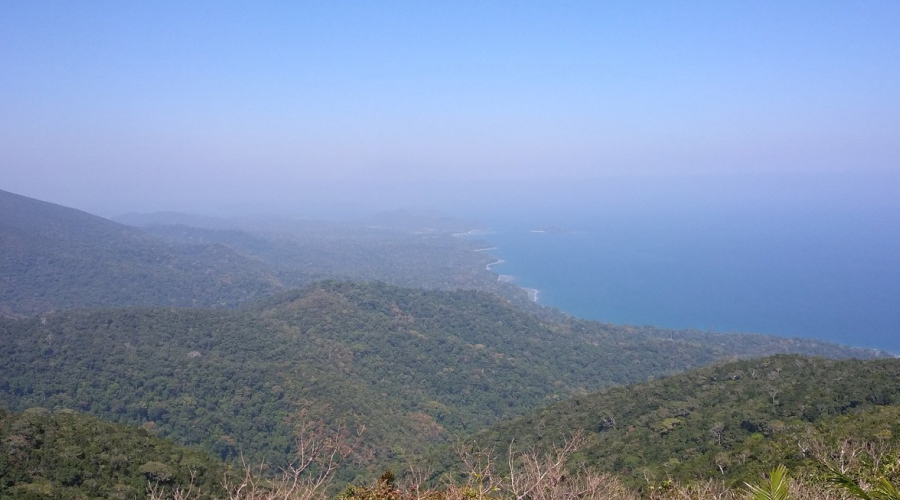
February continues to have pleasant and dry days as winter slowly draws to a close in Diglipur. Temperatures range from 22°C to 31°C while humidity levels also remain similarly high between 80% to 90% through the day.
What to see and do:
- Revel in the festive vibes at Diglipur Island Festival
- Unwind on Ramnagar Beach watching breathtaking sunsets
- Spot saltwater crocodiles on a boat ride through mangrove creeks
- Visit turtle nesting sites like Kalipur Beach
Why visit: February promises dry and enjoyable weather to explore outdoors combined with lively festivities like the Diglipur Island Festival featuring shopping stalls, cultural programmes and performances. This is why this month is the best time to visit Diglipur. The comfortable weather and occasional winter breeze make it ideal for indulging in outdoor sightseeing activities and watersports, while humidity is still bearable. Turtle nesting season also kicks off in February on the island’s beaches.
Why not: If planning extensive water activities, beware of occasional rough seas. High season peak rates for hotels, resorts, and transfers continue through February.
March
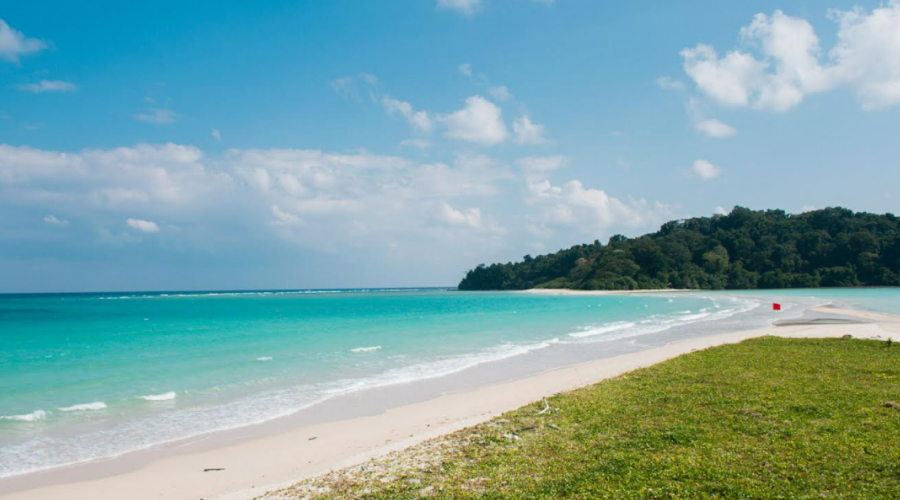
March welcomes summer with temperatures rising up to 32°C during the daytime. Humidity levels also shoot up crossing 90%. While sunshine dominates, light showers can occur on some days.
What to see and do:
- Take a refreshing dip at Ross and Smith Island Beach
- Trek through lush forests to the hidden Alfred Caves
- Interact with indigenous tribes to learn about their cultures
- Indulge in snorkeling/scuba diving to explore coral reefs
Why visit: March brings warmer days to bask outdoors combined with lively holi festivities towards month-end. The hot and humid weather also makes refreshing dips in the sea very enjoyable. Underwater visibility for snorkelling and scuba diving activities continues to remain decent in early March.
Why not: Increasing heat and humidity can cause discomfort during extensive outdoor explorations. Occasional rain showers may play spoilsport. With summer setting in, underwater visibility also starts dropping from late March onwards.
April
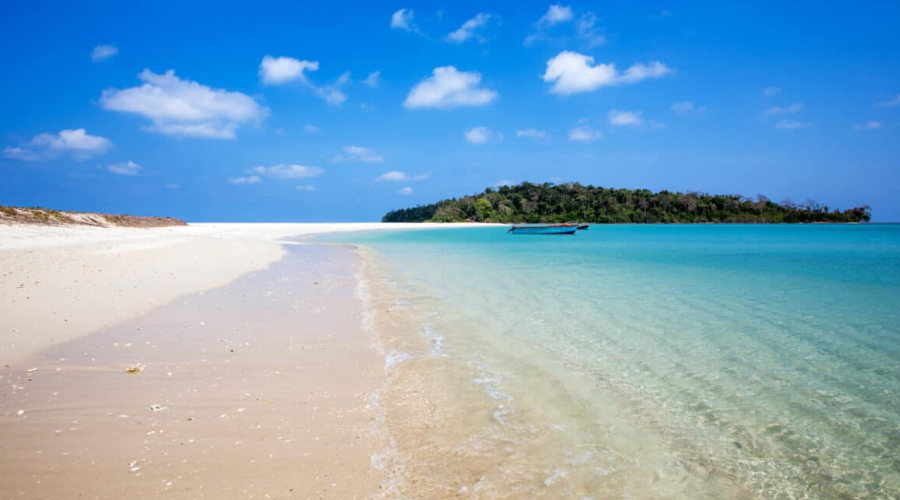
April is the hottest month in Diglipur with average temperatures spiking up to 33°C. Coupled with humidity crossing 95%, heat can be sweltering especially outdoors. However, plenty of sunshine allows beach time too. Some thunderstorms and light rainfall expected.
What to see and do:
- Visit Saddle Peak National Park early mornings for trekking
- Spot elephants and other wildlife on Kalpong River cruise
- Indulge in water adventures like parasailing, banana boat rides etc.
- Relish tropical fruits like mangoes, litchis, papaya etc.
Why visit: April promises predominantly sunny days to enjoy beach vibes and water activities, albeit with heat and humidity. The month also offers Summer festival festivities, occasional refreshing thunder showers and cheaper rates before peak season kicks in.
Why not: Intense heat can severely limit ability to enjoy extensive outdoor sightseeing or physical activities. Some services may be closed. Expect short sharp spells of rain.
May
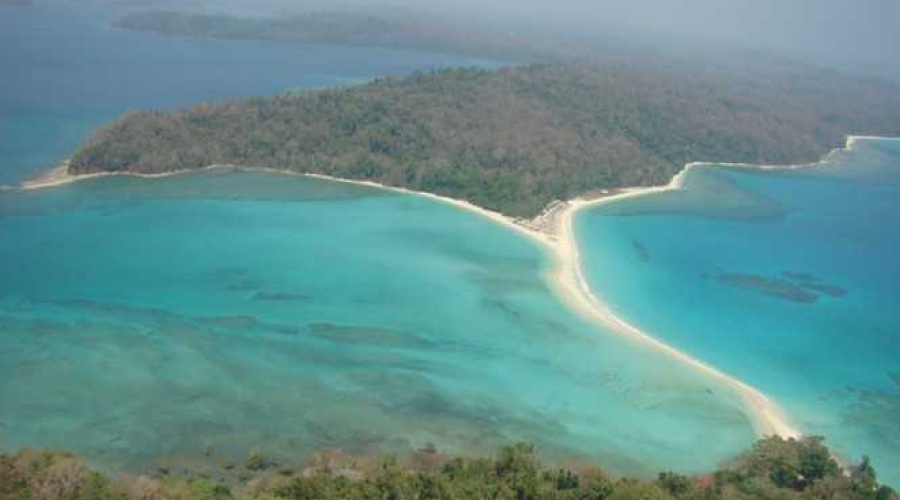
Hot summer continues through May with average temperatures hovering at 32°C. The pre-monsoon moisture also kicks in taking humidity levels up to 98%. Brace for hot sweltering days with chances of heavy downpours and thunderstorms.
What to see and do:
- Witness traditional dance shows like Bamboo Dance
- Indulge in mangrove kayaking off Ross & Smith Islands
- Enjoy indoor activities like bowling, pool, spa etc.
- Shop for shell handicrafts and tropical fruits
Why visit: May offers cheaper deals on accommodation before the monsoon kicks in. One can also indulge in indoor recreational activities. Now you know why it is the best time to visit Diglipur. Nature flourishes with tropical fruits and flowers like mangoes, jackfruits, orchids etc. which reflect in local delicacies.
Why not: With intense heat, heavy rainfall and high humidity, extensive outdoors become challenging. Some sites may have restricted timings or even remain closed.
June
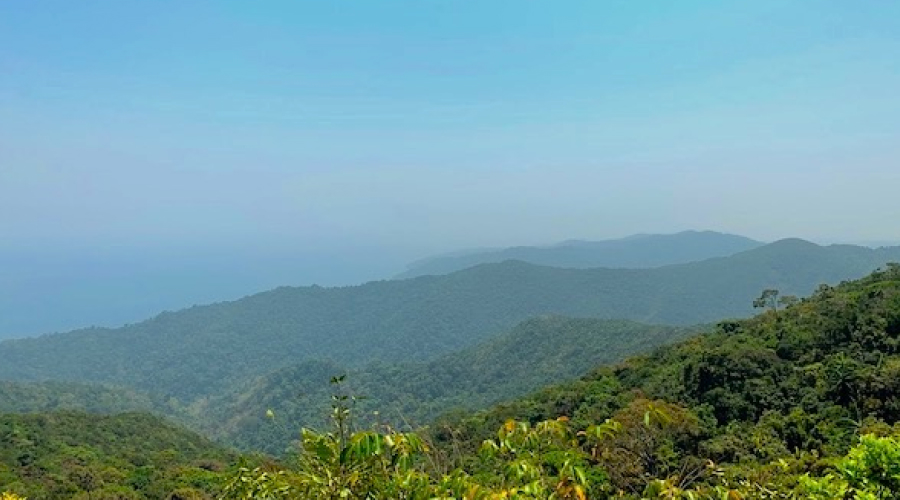
Early June eases into the monsoon season with cloudy skies and high chance of heavy rains almost daily. Winds pick up while average temperatures hover around 29°C amplified by extreme humidity.
What to see and do:
- Walk amid lush monsoon greenery on Kalipur Beach
- Witness spectacular seasonal waterfalls in Saddle Peak National Park
- Indulge in indoor games, rain dance, couple spa sessions etc.
- Enjoy hot snacks and beverages watching the rains
Why visit: June offers attractive deals, lush greenery and beautiful rain-washed landscapes before peak monsoons hit. The rains bring respite from the heat. Fewer tourists allow personalized services. One can spot different birds that visit during this time.
Why not: Frequent heavy rainfall hampers most outdoor sightseeing plans and activities through the day. The rough seas also rule out water sports.
July
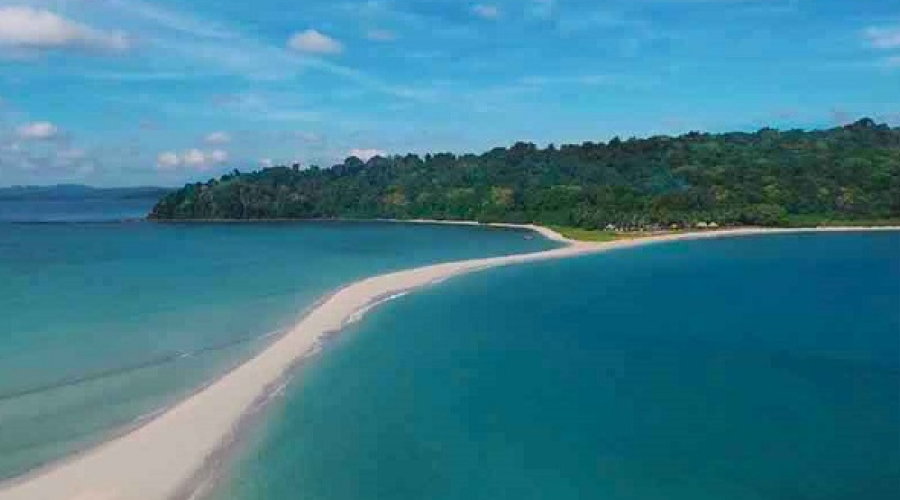
With monsoon at its peak, July experiences persistent heavy rainfall with overcast skies lasting for days together. High velocity winds, thunder, and lightning prevail as well with average monthly rainfall touching 350 cm. Temperatures hover around 29°C but feel much warmer due to extreme humidity.
What to see and do:
- Enjoy steaming hot snacks and beverages indoors
- Rejuvenate with Ayurvedic massages, yoga sessions
- Indulge in indoor sports like bowling, table tennis, pool etc.
- Shop for rain gear like rubber boots, raincoats etc.
Why visit: July offers attractive deals and budget pricing, suited for travelers who don’t mind heavy rains. One can indulge in relaxation activities like spa therapies, yoga etc making it best time to visit Diglipur. The rains bring out the lush brilliant greenery everywhere with flowing streams and waterfalls.
Why not: The relentless heavy rainfall puts a dampener on most outdoor sightseeing plans, treks or water adventures with flooded areas. Transport services may also face disruptions.
August
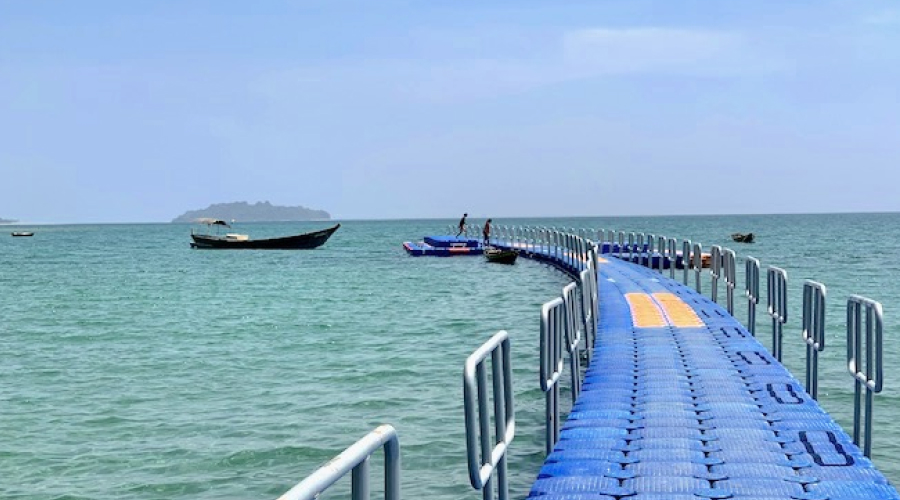
August continues to face the intense monsoon fury. Heavens frequently open up with intense spells of rain interspersed with thunder and lightning. Gloomy skies persist with warm temperatures around 29°C feeling more uncomfortable due to extreme humidity.
What to see and do:
- Engage in creative indoor photography
- Pamper yourself with relaxing oil head massages
- Catch up on movies, pool sessions with friends
- Try coconut-based delicacies and local monsoon snacks
Why visit: August draws budget travelers with attractive hotel deals before peak season resumes. One can indulge in relaxation activities and it is the main reason to make it the best time to visit Diglipur. The lush landscape also offers brilliant photo opportunities for creative shoots. Witness traditional dance performances.
Why not: Much of the outdoors practically remain closed with torrential rainfall. Activities remain confined indoors, causing frustration for some travelers. Transport services also face disruptions due to waterlogging and floods.
September
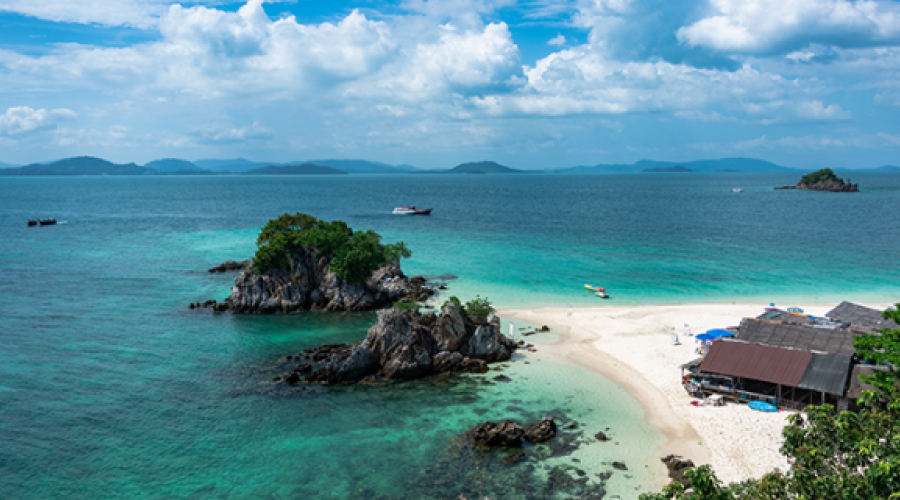
September offers some relaxation as intensity of monsoon rains gradually reduces. Occasional moderate showers and overcast skies still persist. Temperatures remain similar around 29°C with high humidity.
What to see and do:
• Take nature walks to enjoy lush post-monsoon greenery
• Indulge in cycling through quaint villages and farmlands
• Four Island Boat Safari to witness mangrove forests
• Witness vibrant traditional dances like Monyakali
Why visit: September delights with refreshing greenery, pockets of sunshine and comfortable temperatures. Hotel tariffs also remain pocket-friendly before peak season. The rains subside a bit to allow some outdoor activities.
Why not: Moderate showers still persist on some days. Remnants of earlier heavy rains also keep several areas inaccessible due to damage. Activities continue to remain restricted.
October
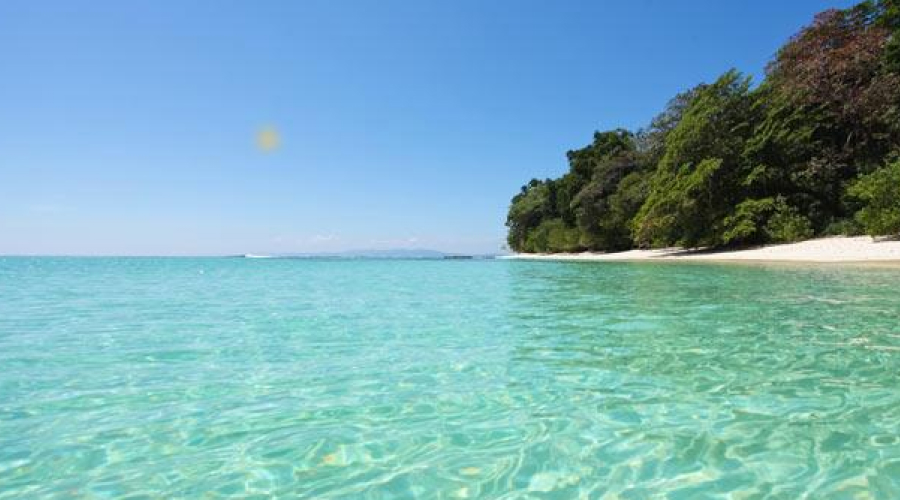
Mid-October signals gradual transition towards winter as rainfall sharply declines. Partly cloudy skies, comfortable warm days and lowered humidity set in. Afternoon temperatures rise up to 31°C with humidity at 86%.
What to see and do:
- Sea kayaking to witness corals at Ross and Smith Islands
- Snorkeling and scuba diving to glimpse diverse marine life
- Wildlife spotting jungle treks
- Crocodile spotting excursions along mangrove creeks
Why visit: October brings in clear skies with balmy climate ideal for outdoor adventures like jungle treks, wildlife safaris, island explorations etc. Scuba diving visibility also improves with calmer seas. Greenery still retains post the monsoon.
Why not: An occasional thunderstorm may still play spoilsport. Early sunsets mark transition from rainy to winter seasons.
November
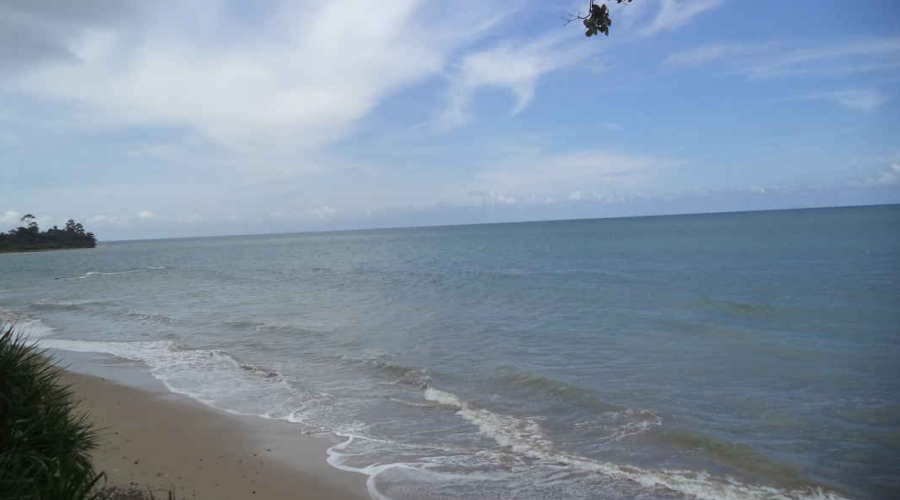
November transitions into the winter season as daytime temperatures moderate between 24°C to 30°C. Humidity drops down to 86% making outdoors more comfortable. Clear blue skies prevail barring an occasional shower.
What to see and do:
- Scuba diving to witness diverse marine creatures
- Sea turtle nesting on beaches like Kalipur
- Water activities at Ross and Smith Islands
- Extravagant cultural performances at Diglipur Marine Festival
Why visit: The comfortable winter climate coupled with festive celebrations, makes it an ideal time to indulge in adventure activities like island hopping, jungle trails, bird watching with occasional showers adding to the experience. Witness hatching turtle nests.
Why not: An occasional rain shower may hamper some outdoor plans. Festivals still gearing up compared to later winter months with fewer events.
December
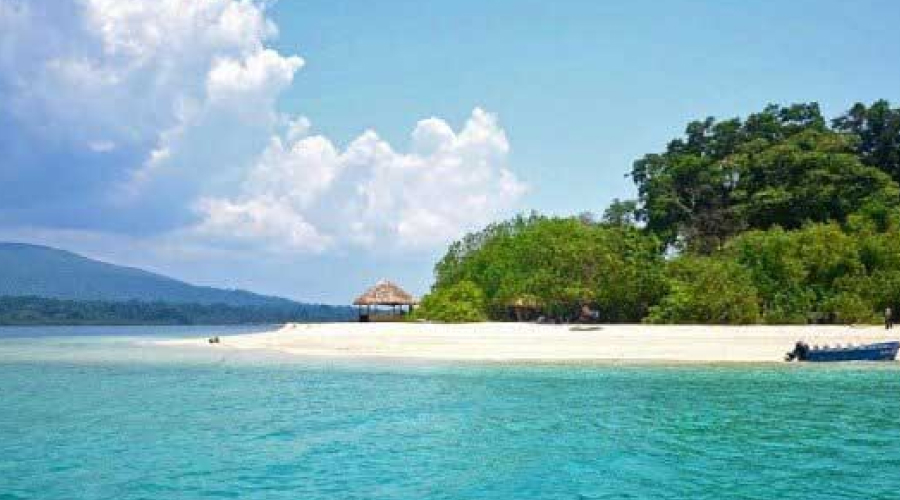
December brings peak winters! Sunshine and blue skies prevail round the month barring brief shower spells. Daytime temperatures are pleasant around 24°C, though early morning and nights record a dip with lowest at 19°C. Humidity drops to 84%.
What to see and do:
- Mesmerizing sunsets views on Kalipur Beach
- Spot exotic birds on Parrot Island
- Indulge in thrilling watersports like parasailing, jet skiing
- Indulge in festive shopping sprees and events
Why visit: December promises most comfortable weather to enjoy outdoors, celebrate events like Christmas, New Year’s Eve with decorated venues, delectable holiday menus and cultural programs. Ideal for indulge in adventures, sightseeing and relaxation and this is also the reason why it is the best time to visit Diglipur.
Why not: Peak tourist crowds send accommodation rates and air tickets soaring. Hard to find good bookings or personalized services. Some places become very crowded.
Tips for safe and adventurous vacation in Diglipur

- Opt for all-inclusive holiday packages for seamless transfers, sightseeing as well as adventure activities within hassle-free budget pricing.
- Pre-book accommodations well in advance for peak seasons between December to March to avoid last minute disappointments on room unavailability.
- Seek experienced licensed guides for treks through forests or paths less travelled to ensure safety. Carry first aid kits, flashlights etc too.
- Check latest weather forecasts before planning outdoor trips to avoid dangers associated with storms, rough seas, thunder or lightning.
- Apply sunscreens, carry hats, shades etc plus stay well hydrated while spending long hours on beaches when temperatures are higher.
- Travel light on self-paced bicycle tours or jungle treks carrying just bare essentials. Offline GPS apps prove useful when internet access is erratic.
- Carry along mosquito repellents and precautionary medication if hiking through dense woods or cruising by mangroves especially post rains.
- Opt for early morning or dusk time-slots for wildlife safaris when chances of animal sightings are higher for that adrenaline boost.
- Swim only in designated safe zones along beaches that are monitored for rip tides, underwater currents or marine creatures. Prefer company.
- Check with hotels once for recommended restaurants or food joints especially for seafood to avoid health issues like food poisoning or allergies.
Conclusion
Owing to the tropical climate, October to May constitutes the main tourist season with peak footfalls from December to February. Pleasant day temperatures coupled with largely dry weather allows outdoor adventures while March-April promises summer beach fun.
However, to enjoy untouched raw nature, indigenous culture or budget pricing, consider visiting from May to September in rains. Discuss priorities with our experts to decide best time to visit Diglipur!


